I grew up on the dusty prairie in Wichita, Kansas, a child with severe asthma who fell in love with the library. Though I spent my childhood days and nights on the baseball diamond I felt most at home with my nose in a book. My calling came to me pretty early. I always wanted to be a teacher. What would I teach? Peace, of course. Peace has always been my goal.
I encountered the perennial philosophy in high school. One summer I visited as many holy places of worship in my hometown as I could. As I hopped from practice to practice, singing spirituals one weekend and then sitting silently in contemplation the next, I understood that faith has a way of proving its own verification. We become what we practice. The Bhagavad Gita tells us “yo yat shraddhah sa eva sah,” “as a person’s faith is, so are they.” The question is, what do we believe in? And once we know what we believe – granting, of course, that this can change over time, as knowledge and experience grow – how will we practice it and share it with others?
I took to meditation much as I took to the library. I found myself equally at home on the cushion. In playful moments I teased my mother that after high school I planned to shave my head, move to India, join a monastery, and study meditation full time. I think she understood better than I did that I wasn’t teasing at all, and that with the right nudge I would be out the door like Siddhartha Gautama walking the ascetic, mystical path. But a book nudged me a different direction: Robert Pirsig’s Zen and the Art of Motorcycle Maintenance. In that book I encountered rhetoric for the first time (the protagonist in the book is a professor of rhetoric). Rhetoric is the ancient art of using language to make and unmake the world. Having discovered rhetoric, I had to know everything I could about it. So I went to graduate school to study rhetoric with dove’s wings, earning my M.A. in rhetorical studies from the University of Illinois at Urbana-Champaign in 2003, and my Ph.D. there in 2006. I got my first job as an assistant professor in the top rhetoric program in the world, at Penn State University, in 2006, and have worked here ever since (I was promoted to Full Professor of Rhetoric, Communication, and Ethics in 2020, and to Liberal Arts Distinguished Professor in 2024).
My students at Penn State know me as the “bed-headed professor” and “the yoga prof.” My classes in communication, ethics, and mindfulness have been described as “Mr. Rogers’ Neighborhood meets Walt Whitman, Zen and the Art of Motorcycle Maintenance, and The Good Place.” I have won multiple awards for my scholarship and my teaching – including, in 2017, the award for being the top teacher in my college at Penn State– and I attribute much of my success in the classroom to the fact that I understand education differently than many of my peers. To me, college is not about memorizing facts or formulas. It’s not even about grades. It’s about helping my students find their voices and their agency. My goal is to empower my students to stand tall and to speak up, with open-hearted eloquence, so that they can be a force for good in this beautiful broken world.
I’ve written five books exploring the power of words to break things and to put them back together. The first two books, Enemyship (2010) and The Politics of Resentment (2015), explore the dark side of rhetoric, so we can better counteract it. The next two books, The Art of Gratitude (2018), and The Ethics of Oneness: Emerson, Whitman, and the Bhagavad Gita (2021), explore how to promote more peaceful interactions between people and build strong communities capable of promoting joy and transforming suffering. My new book, Namaste: The Mindfulness Path to Connection with Ourselves, Each Other, and the World (forthcoming from Inner Traditions in late 2025 or early 2026), brings together much of what I’ve learned in a way that I hope will fundamentally shift the contemporary conversation about yoga and mindfulness in a profound way.
I believe that Plato was right when he hypothesized that before each of us was born, the gods split us in half. I found my other half, my soul mate, during my first week of college at the University of Kansas, in an honors seminar on the death penalty and in a biology class whose professor died during the third week of the semester (romantic beginnings, indeed!). Anna Sunderland Engels – Sunny – is my brilliant beautiful picture-snapping world-traveling yoga-teaching fashion-designer companion. There’s much I’d like to say about her but the words soon fail, as they so often do. No words can capture the sun or its light.
During graduate school, Sunny – who was working on her Ph.D. in clinical psychology, while I was completing mine in rhetoric – began taking yoga classes at a local studio. After each class, she’d come home and show me what she learned, so I like to say that she was my first yoga teacher. I had been meditating for several years at that point, but hadn’t tried asana (the physical postures of yoga) or pranayama (yogic breathing). Immediately I loved it, and I still do. After I got tenure, I decided to undertake a life-changing experiment: I would spend my free time studying yoga, meditation, and mindfulness, and I would transform myself into a scholar of these fields. My goal was – and still is – to live a life of ahimsa, “non-wounding” or “non-harming,” a life that causes flowers to bloom rather than to wilt. By dedicating myself to the practice of peace, I hoped to discover if it was really possible to do what my heroes Walt Whitman, Mahatma Gandhi, Martin Luther King, Jr., and Thich Nhat Hanh did – transforming the violence that lives inside each of us into a more peaceful existence. This fateful decision completely changed the direction of my life. Like so many other yogis before us, Sunny and I dove in head first.
In twenty years since we began practicing yoga, we’ve been to India and back, four times at last count, and to Nepal twice. We studied at the world-famous Krishnamacharya Yoga Mandiram in Chennai, India. We became yoga teachers. We embraced and rejected and made peace with the ancient yogi sage Patanjali. I refocused my academic research, becoming an expert on the history, philosophy, and ethics of yoga and mindfulness. I studied Sanskrit and Pali, the ancient Indian languages of yoga and meditation. Sunny made the courageous decision to leave her academic job and teach yoga full time. In 2016, we partnered with friends to open a yoga studio called Yoga Lab in our small college town of State College, Pennsylvania, and, eight years later, we’re still going strong.
Not long after that, Sunny and I watched the sun set at Vulture Peak, chanting the heart sutra in the very place where the Buddha delivered it. We practiced meditation in the ruins of Nalanda University in northern India, the oldest university in the world. We became mindfulness teachers. We visited Thich Nhat Hanh’s root monastery in Vietnam and walked in his footsteps under a chilly December rain. We even lived at Plum Village, his monastery in France, for a couple of weeks. I still hear the sound of the big bell in Upper Hamlet calling us back home to the present moment.
Though I did not shave my head and move to India, I’ve ended up in pretty much the same place that I once hoped I would be. My position as an award-winning scholar-practitioner-teacher of rhetoric and international expert on yoga, meditation, and mindfulness is unique. Though I am a scholar of yoga, yoga is not just an academic subject to me – yoga is life. Meditation is life. Mindfulness is the path back home. I’ve been fortunate to journey deep on the path into the perennial philosophy, and on that journey I discovered some of the same peace that my heroes found. They were right, of course – with practice we can transform the violence inside ourselves that we’ve inherited from our ancestors and our culture, and live more peaceful, collaborative, together lives.
I’ve learned a lot on this path, and I would like to share it with you. That’s the goal of this newsletter: to share, and to connect. Walking the path can be lonely. It can be hard to start. It can be hard to continue. It can be discouraging when the going gets rough. So I want to support you on your journey – for the truth is that the world needs you. It’s all hands on deck. While living at Plum Village, many people told me that Thich Nhat Hanh often said that the person who tries to walk the spiritual path alone will fail. We need each other. So I hope, through my newsletter, to connect with you and learn from you, too. I’m going to try to create an online space – a digital sangha – where we can support each other as we walk the path.
In my posts I’ll engage with ancient philosophy and contemporary popular culture, and share stories from my travels around the world. If you have a meditation or yoga practice, and would like to deepen that practice — and to connect to others who are also practicing — this newsletter is for you. If you’re not a practitioner (yet), but someone who recognizes that there is more to life than just material acquisition and the race for acclaim, you will still find it interesting. Eventually, I would like to host subscriber only live meditations and conversations, and, perhaps, to offer a paid-subscription option. I can foresee a Yoga Prof live retreat. But for now, consider this post a first step. A gesture. A bow, from the divine in me to the divine in you.
Will you walk with me on the path? Will you join me on this journey? If so, this newsletter is for you. My goal is to post at least twice a month, offering you quality writing and insights from my research, teaching, yoga studio owning, and travel. So let’s step out the front door – out of our unthinking routines – and see familiar sights of this shared life anew. Together we’ll breathe deeply, gaze at miracles, and bow to life in its magnificent all-encompassing allness. We’ll cheer each other as we practice and learn and, who knows, maybe we’ll build an entirely new life together! Be not afraid as we set out on this journey. The path is safe, my friend, others have tried it, their own feet have tried it, and I have tried it too, so let us not be detained.
Namaste.


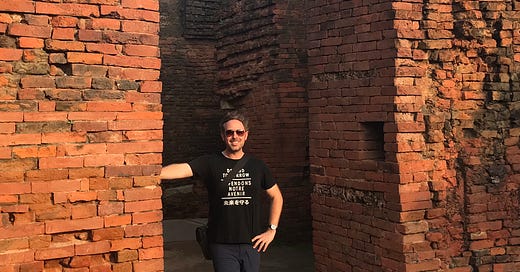




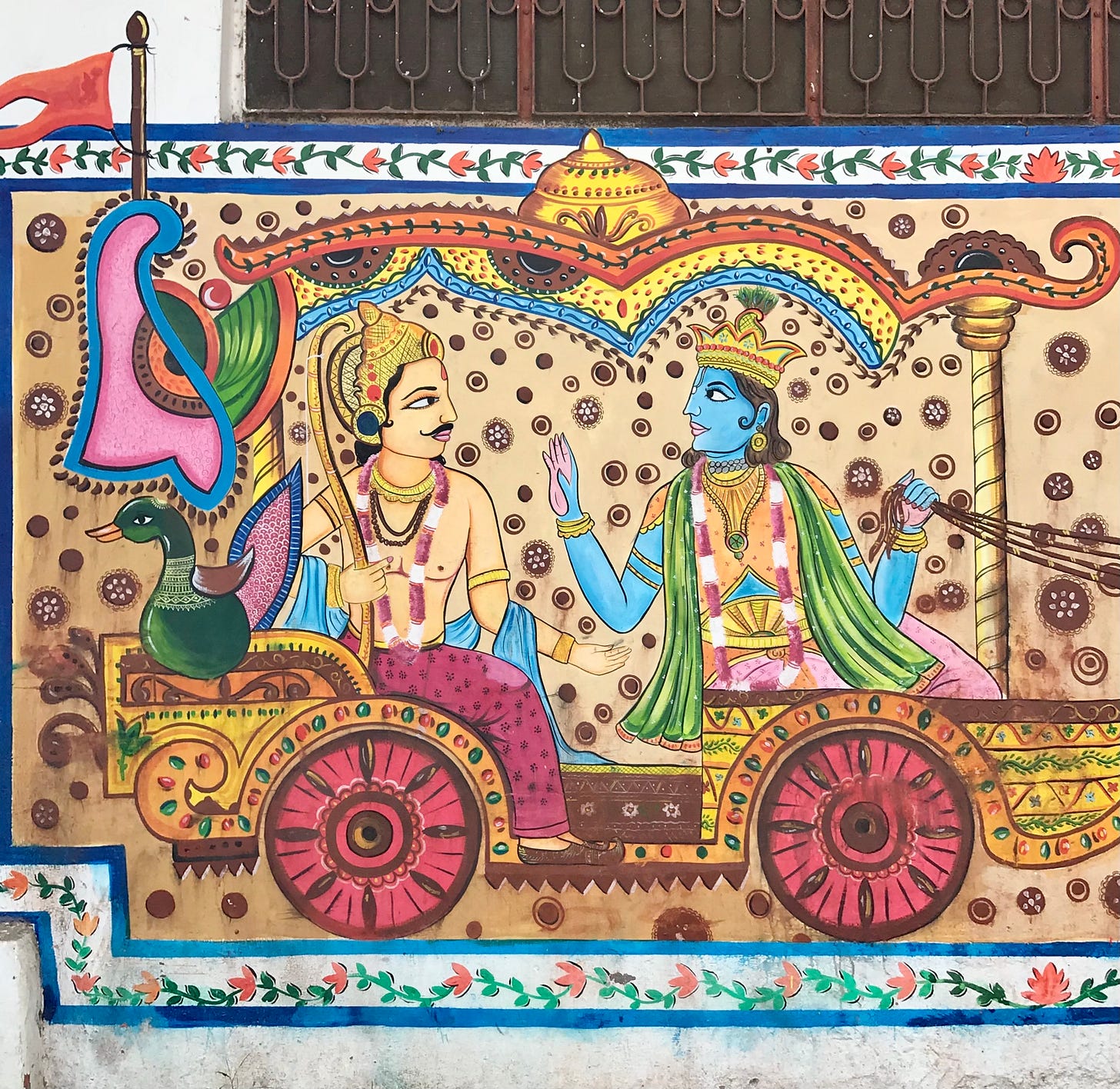
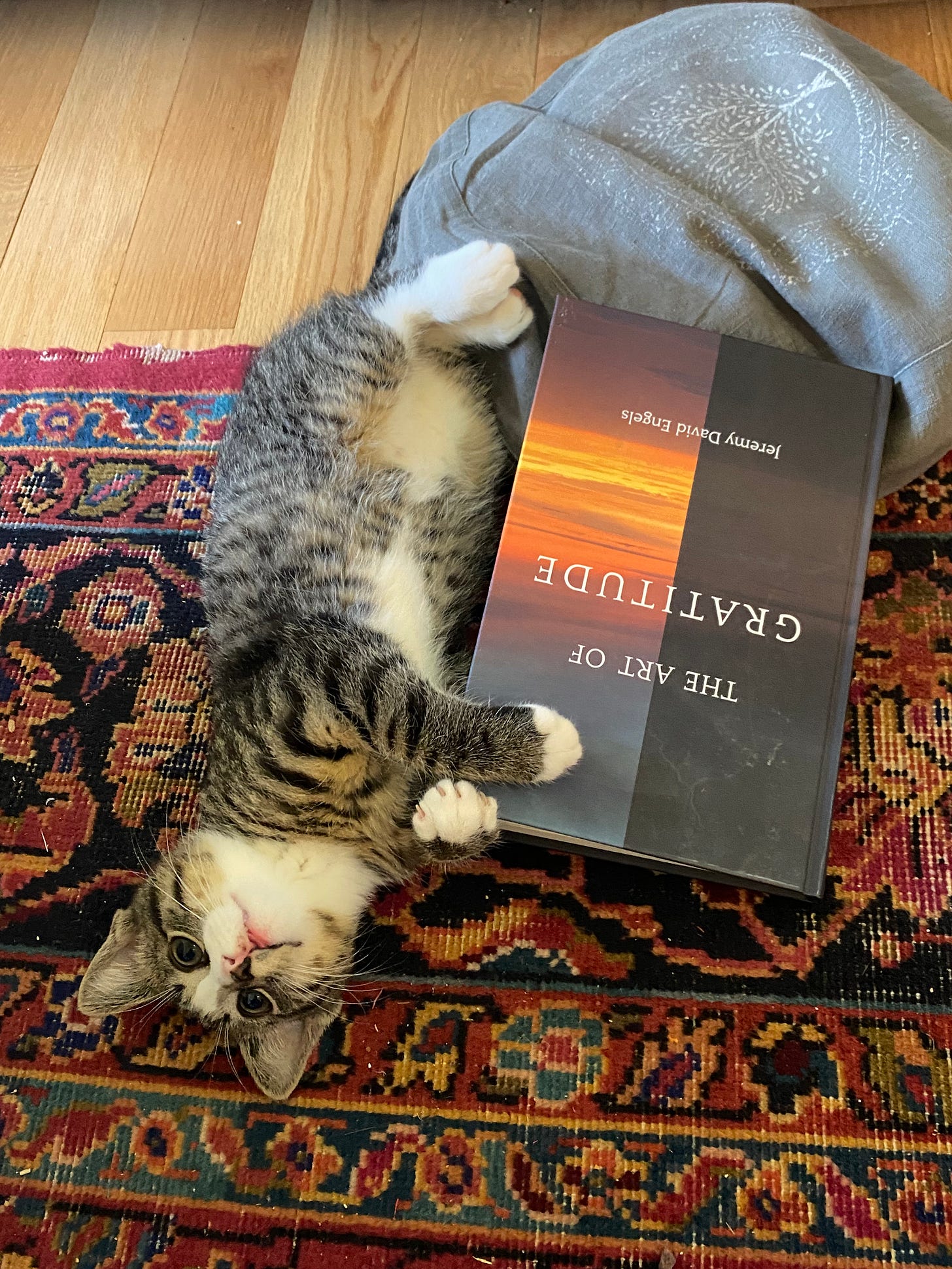
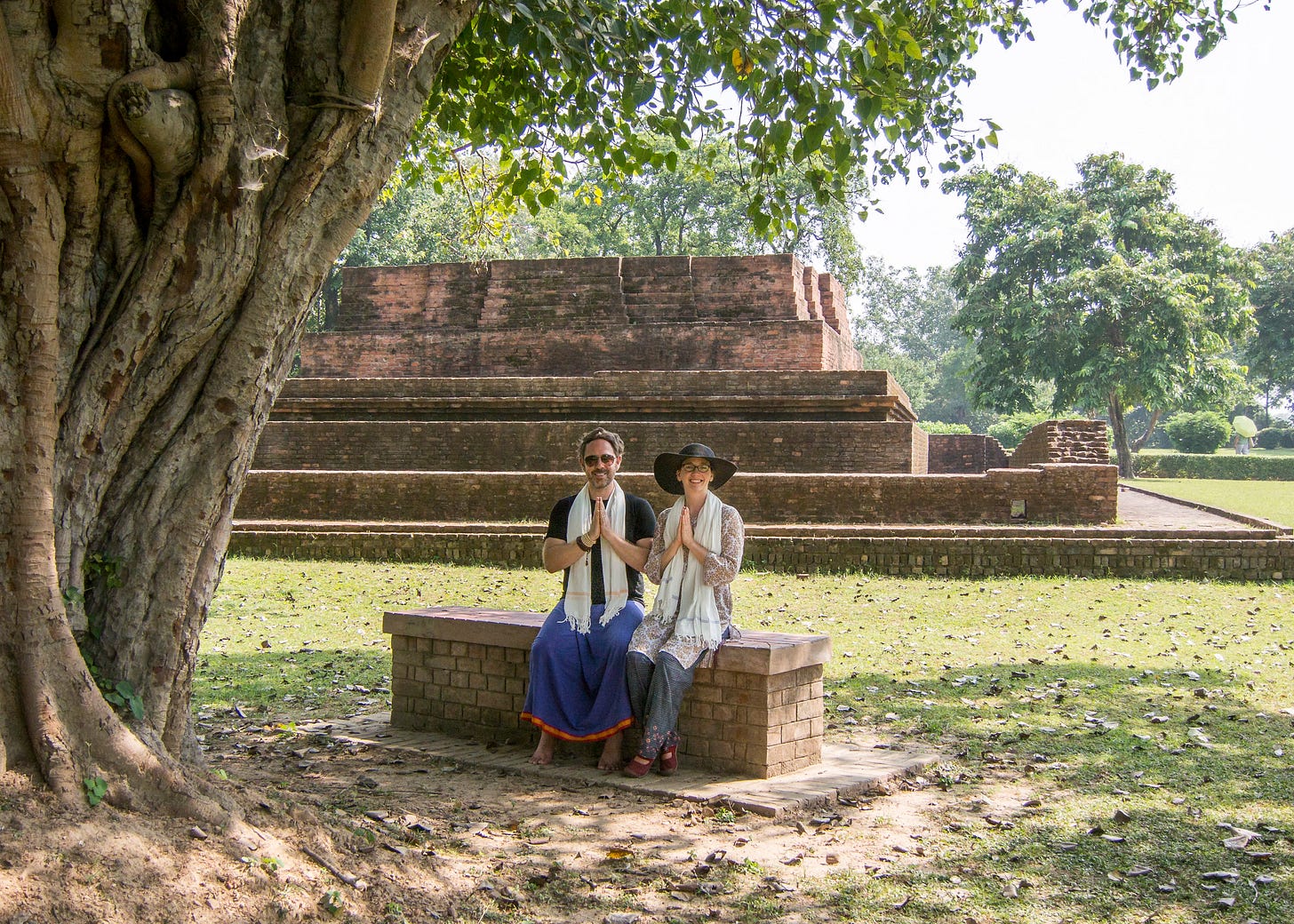
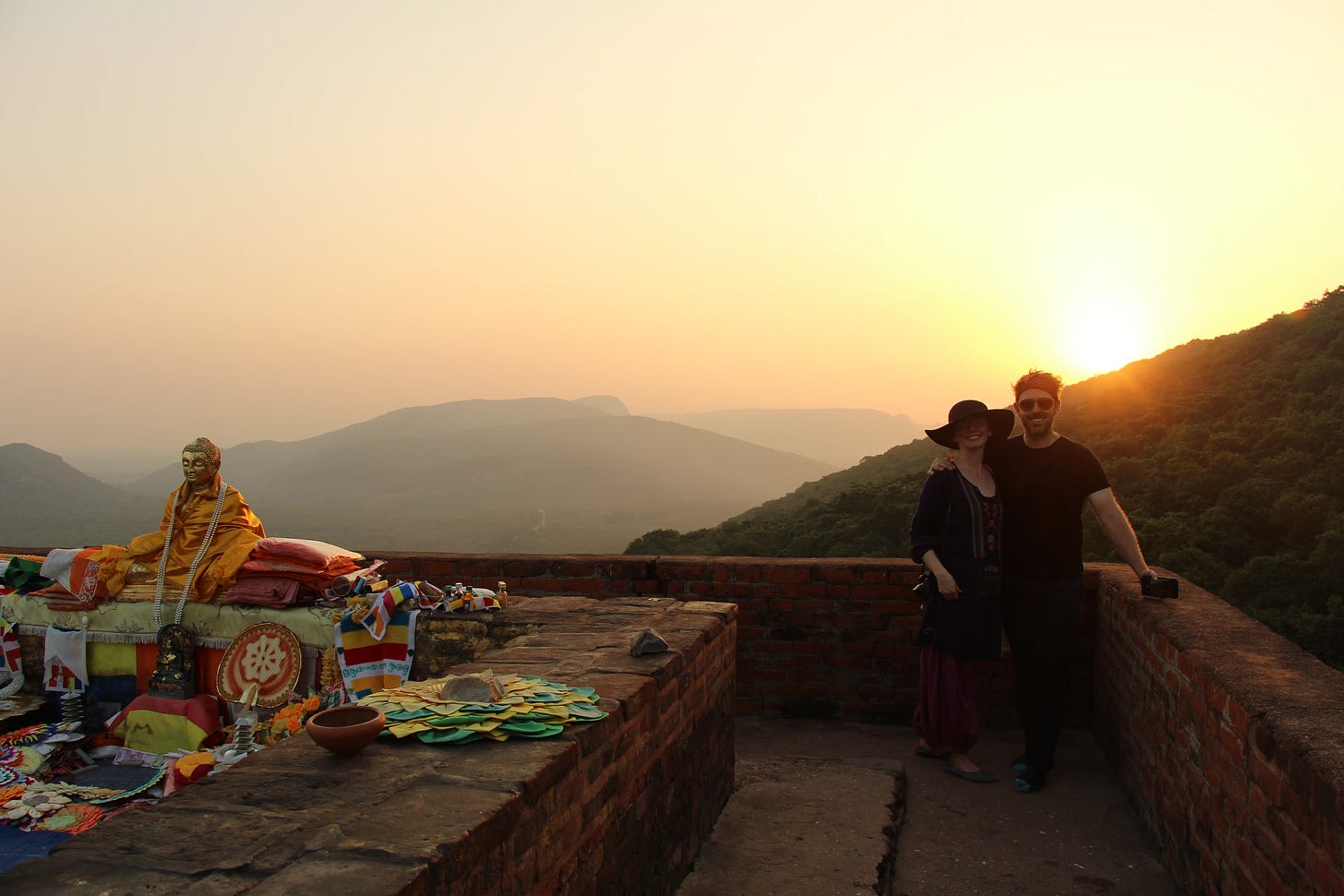
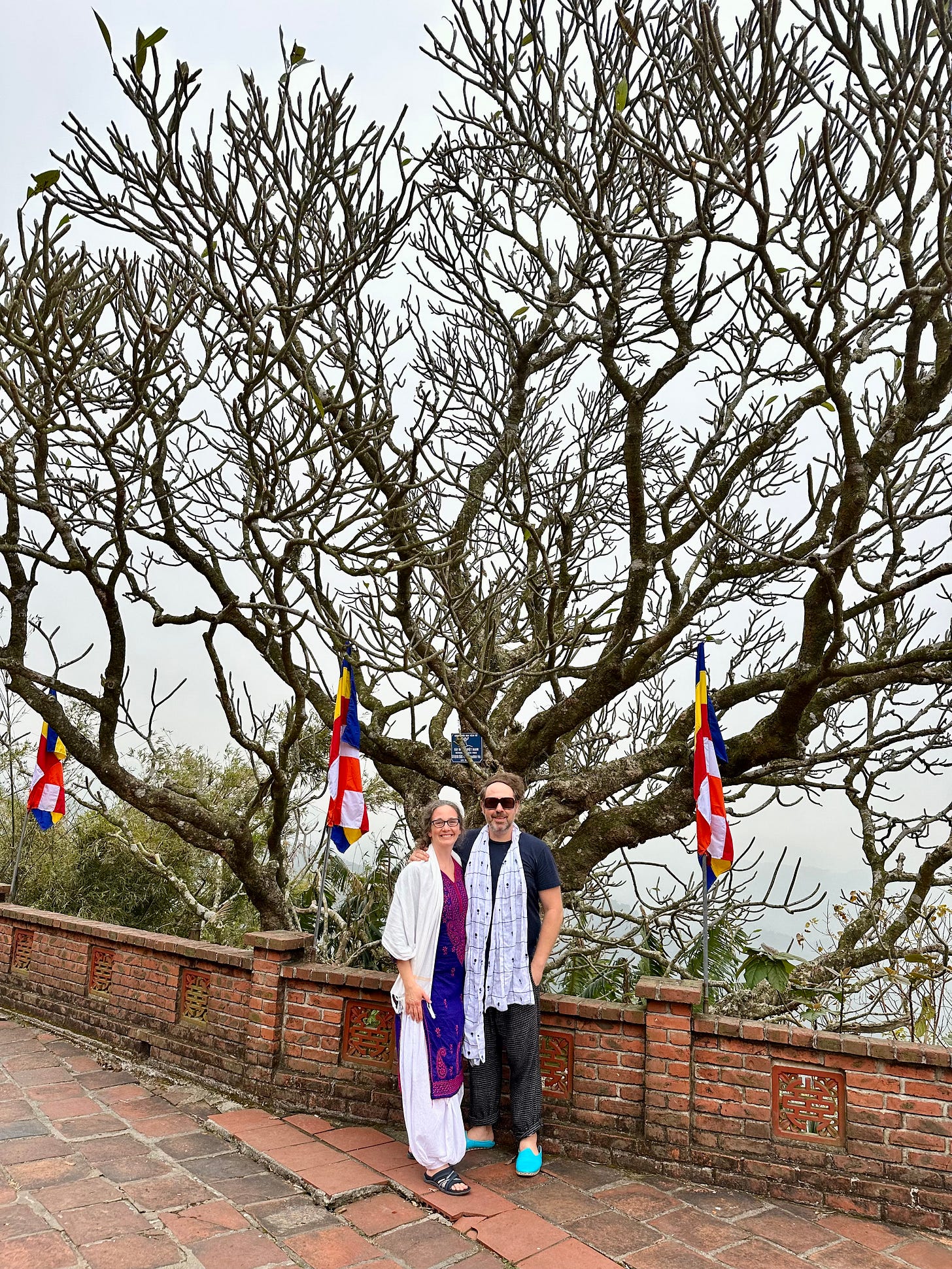
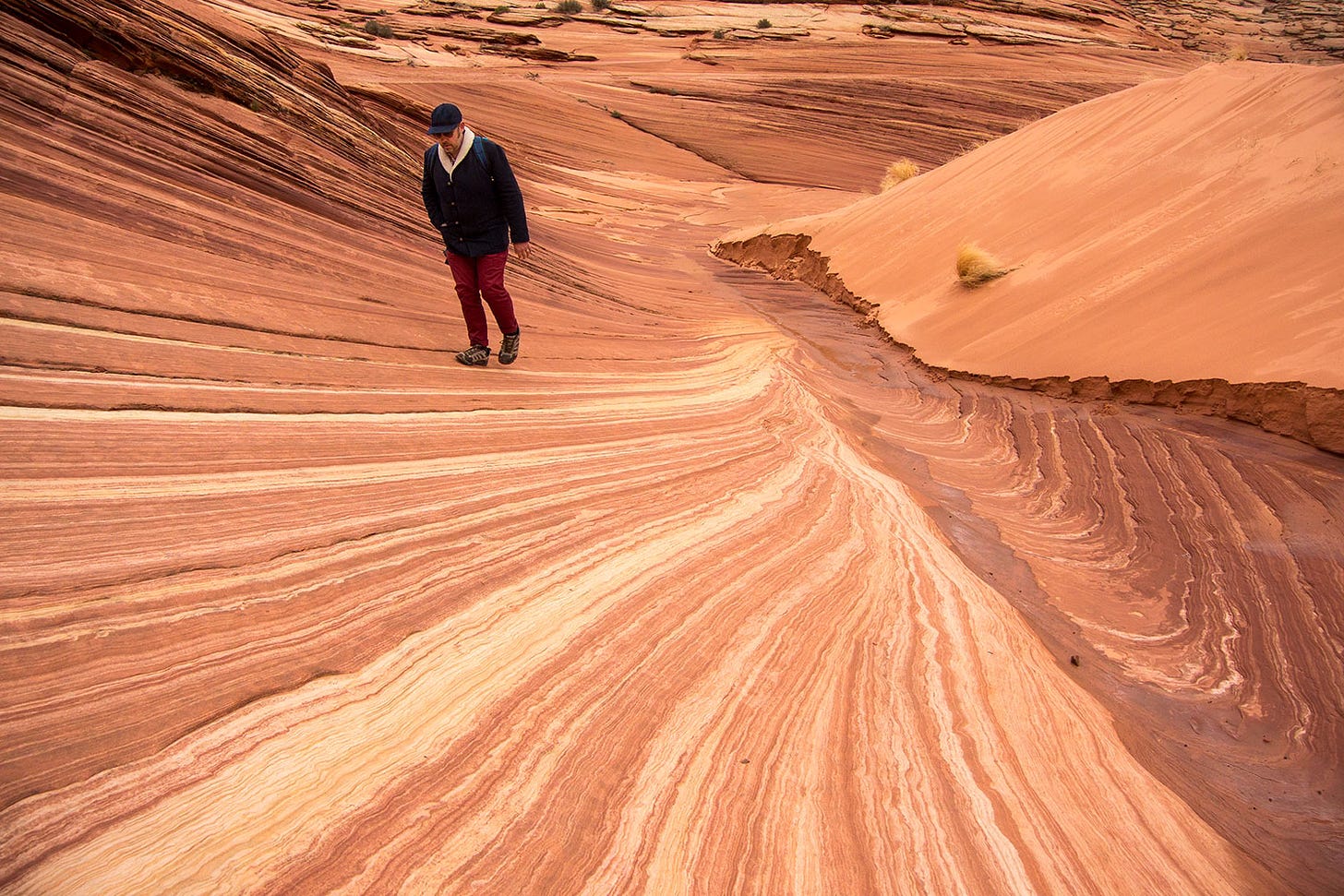
Love this Jeremy! Looking forward to hearing more!!